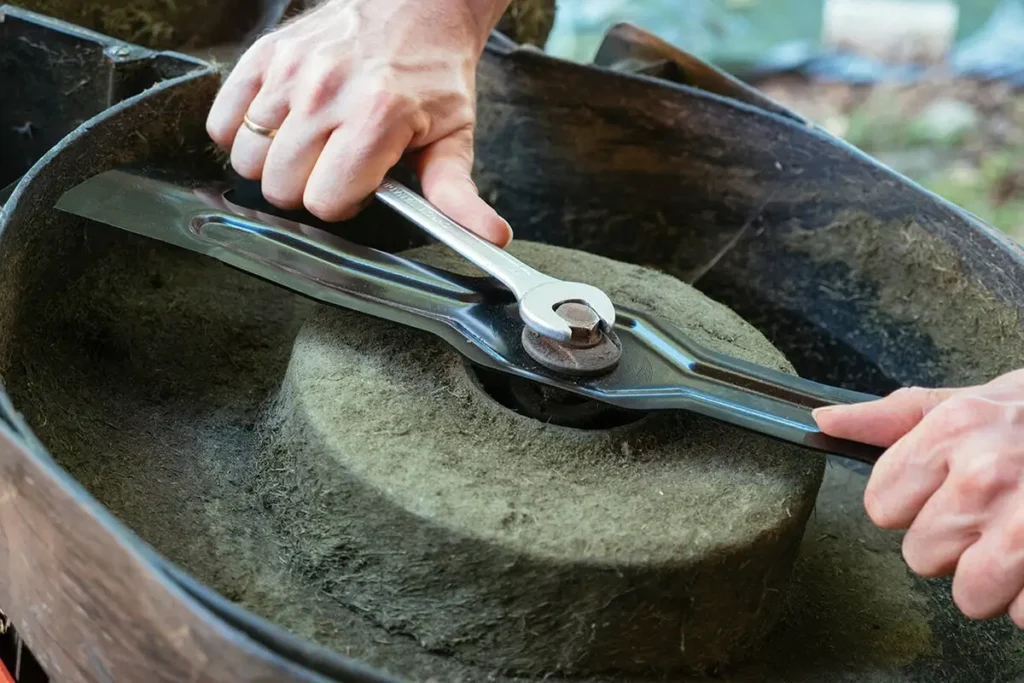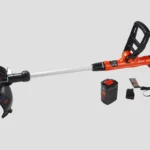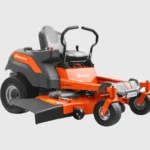Ah, the joys of a well-maintained lawn. Nothing quite like it, right? But if your lawn mower blade is dull, that lush green carpet can quickly turn into a patchy, ragged mess. Sharpening your mower blade isn’t just about aesthetics; it keeps your grass healthy by cutting cleanly, reducing disease and sun damage.

So let’s discuss how you can keep that blade in tip-top shape.
Tools and Materials Needed
Before you get started, make sure you have everything you need. You don’t want to be halfway through the job and realize you’re missing a crucial tool.
- Tools:
- Wrench set or socket set
- Clamp or vice
- Bastard mill file (or an angle grinder with a metal grinding blade)
- Wire brush
- Safety equipment (gloves, safety goggles, hearing protection)
- Balancing tool (optional, but handy)
- Materials:
- WD-40 or penetrating oil
- Rag or paper towel
- Plastic bag (to prevent gas leakage)
Preparation Steps
Safety First: Disable the Mower
The first rule of working with any power tool is safety. Disconnect the spark plug wire to prevent any accidental starts. It might seem overkill, but better safe than sorry, right? Place a plastic bag under the gas cap to catch any fuel that might leak out when you tip the mower.
Position the Mower
Tip your mower so the carburetor and air filter are facing up. This prevents gas and oil from dripping out and causing a smoky mess when you start it up again. Use blocks of wood to stabilize the mower if necessary. No one wants a mower tipping over mid-job.
Removing the Blade
Mark the Blade Orientation
Before you start wrenching away, mark which side of the blade faces outwards. A dab of paint or a permanent marker will do the trick. This simple step saves a lot of frustration later.
Loosen and Remove the Blade
Time to get that blade off. Spray a little WD-40 on the blade nut to loosen it up. Clamp a block of wood to the mower deck to keep the blade from turning. Use your wrench to turn the nut counterclockwise. If it’s stubborn, let the WD-40 work its magic for a few minutes and try again.
Sharpening the Blade
Clamp the blade in a vice to hold it steady. This is where the magic happens.
Use a wire brush to scrub off any rust, dirt, or grass clippings. A clean blade is easier to work with and gives better results.
Grab your bastard mill file and start sharpening. Hold the file at the same angle as the existing bevel and make smooth, even strokes. You’re aiming for a “butter-knife” sharp edge—not razor-sharp. A razor-sharp edge can dull quickly and is more prone to damage.
Using an Angle Grinder (Optional)
If you have an angle grinder, this step can go a lot quicker. Just be careful not to overheat the blade. Overheating can make the blade brittle. Light, even pressure is the key here. If you’re new to this, stick with the file. It’s safer and gives you more control.
Balancing the Blade
An unbalanced blade can cause all sorts of problems, from annoying vibrations to damaging your mower. Hang the blade on a nail to check its balance. If one side dips, you’ll need to file a bit more off that side.
Keep filing and checking until the blade hangs evenly. This might take a few tries, but it’s worth it to get it right.
Reinstalling the Blade
Put the blade back on the mower, making sure it’s facing the right direction. Tighten the nut securely. You don’t want it coming loose while you’re mowing. Use the block of wood to keep the blade from turning while you tighten.
Reconnect the spark plug wire and give the mower a test start. If everything runs smoothly, you’re good to go. If not, you might need to recheck the blade balance or tightness.
Professional Sharpening
If your blade is severely nicked or damaged, it might be time to let a professional handle it. They can get it back to prime condition or advise if it’s time for a replacement.
Conclusion
Keeping your lawn mower blade sharp is a small task that pays big dividends. Not only does it make your lawn look great, but it also keeps the grass healthier. So take a few minutes every couple of months to sharpen that blade. Your lawn will thank you.

Matthew Dowell
Matthew, a seasoned builder from a family of craftsmen, leads Tools Trove. His passion for tools and decades of hands-on experience fuel his commitment to providing expert reviews and insightful content. Whether you’re a pro or a DIY enthusiast, Matthew’s guidance ensures informed decisions in the world of tools.




